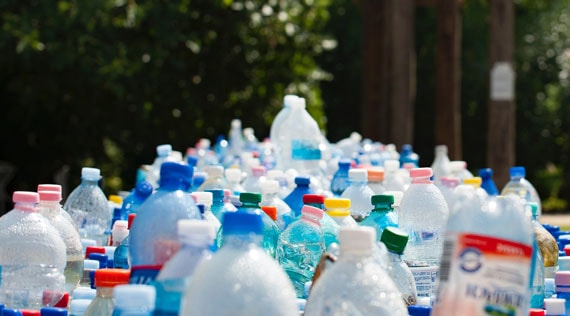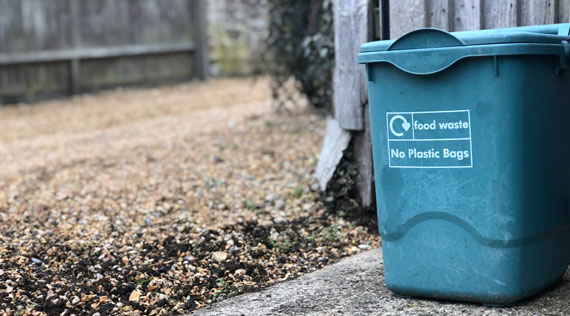The Recycling Partnership’s PET Recycling Coalition (the Coalition) released its first annual report showcasing measurable improvements in the circularity of polyethylene terephthalate (PET). Established in June 2022, the Coalition awards grants to materials recovery facilities (MRFs), secondary sorters and reclaimers to increase acceptance, improve capture, and deliver higher-quality recycled PET to responsible end markets. In just two years, the Coalition has brought together key constituents to address the biggest barriers to the recyclability and circularity of PET. Together, its members have helped deploy over $5 million in grant funding, resulting in the capture of 29 million new pounds of recycled PET per year.
Since it was first recycled in 1970, PET has faced many challenges to achieving circularity due to the small number of households with curbside or drop-off sites where PET is collected, certain PET materials such as non-bottle PET not being widely accepted in MRFs, or lack of proper MRF sortation of PET to ensure end markets can purchase high-quality material. The Coalition’s grants address these barriers by enabling MRF facility upgrades, improved sortation capabilities, and community engagement needed to boost recycling rates of residential PET, non-bottle PET, and pigmented and opaque PET. The PET Recycling Coalition aims to capture an additional 250 million pounds of new PET recycled each year by the end of 2027 and achieve an acceptance rate of 60 percent+ for non-bottle PET by the end of 2025.
“The Coalition’s first annual report demonstrates how collective action is making it possible for more PET to be recycled and transformed into future packaging,” said Brittany LaValley, vice president of materials advancement.
Together with producers, communities, recyclers and manufacturers, The Recycling Partnership’s PET Recycling Coalition is taking targeted, on-the-ground action to:
- Capture more material: Each year, 24 million pounds of new bottle PET is captured, and 5 million pounds of new non-bottle PET is captured, processed, and added to the recycling stream rather than lost to landfills. As one example, the Pico Rivera facility in Los Angeles, California received a Coalition grant, and as a result its new optical sorter and related equipment will increase the amount of recycled waste by 70 percent per year.
- Provide more access: 1.4 million households now have access to recycle non-bottle PET, including 100,000 households in southwest Alabama (Baldwin County). With a grant from the Coalition, the new Baldwin County MRF will be able to process up to 80 million pounds of material each year, which is far more than what the county’s households will produce and allows room for commercial processing.
- Advance the system: Recycling facilities are discovering unique and innovative ways to derive value from different types of PET, such as using optical sorters to separate PET bottles from non-bottle PET containers including cups, tubs, and trays.?Nearly 850,000 people in the Charlotte, North Carolina area can now recycle non-bottle PET for the first time because of a grant from the Coalition.
Since its inception 10 years ago, The Recycling Partnership has granted investments surpassing $70 million across 450 grants that are being used to improve local recycling access, education, and infrastructure investments in more than 100 recycling facilities. These grants improve PET recycling, improve capture and processing for all materials. The Partnership’s PET Recycling Coalition is uniquely positioned to meet PET recycling challenges at every level.

